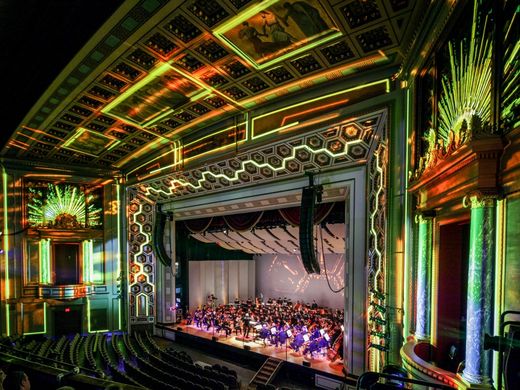
This Week: Cyber-fan bullying makes us scared about who the audience really might be… It’s not enough to “reflect” diversity of a community to be diverse… If you want to build an audience try investing in your community… Pay-as-you-wish ticket schemes seem straightforward but they’re not… Are the arts failing at delivering the audience experience?
- The Downside Of Audience: The internet opened up the ability to have global conversation. One downside is that much of that conversation isn’t very interesting. A worse downside, and one that seems to be getting worse, is racist and misogynist cyber-bullying. If you’re at all a public person, these days, especially female or of color, the trolls assemble: “Online harassment has become a depressingly common workplace hazard for people of color in the public eye. The incident illuminates some strange similarities between the bands of internet trolls stalking the web and the legions of online fans seeking to stir up some drama.”
- Is Our Definition Of A “Diverse” Community Flawed? We sometimes say that we should reflect the diversity of our community. But maybe that’s the wrong way to think about diversity. If we’re simply reflecting the community maybe we’re actually reflecting back some of its inequities and prejudices. So what to do? “Instead of focusing on how to make our organizations reflect our community, what if we found ways for our organizations to be more accountable — or accountable, period — to the communities we serve?”
- You Want To Serve Your Community? How About Investing In It? It’s not just enough to produce work where you live. By buying local, patronizing local businesses, and utilizing the talents and services of your community, you invest more deeply in it. And they, in turn, invest in you. “Local arts organizations have to start taking seriously the role they play in the development and strength of their own local economies.”
- Having Your Audience Pay-What-You-Wish Isn’t As Simple As It Sounds: A theatre in Philadelphia decides to let audience members decide how much to pay for their tickets after the performance. An interesting idea in theory – letting people decide what the experience was worth. And in doing so, maybe broadening the company’s audience and getting them to come to more theatre. But how does an audience member know the value of the experience and how do they decide? Further – if the theatre is driven by what the audience decides to pay, will it lead to safer, crowd-pleasing fare? “And how will this strategy reach Philadelphians who don’t already have Azuka on their radar? It’s one thing to offer up more accessible theatre, but if the same theatregoers are the only ones taking advantage, where’s the progress?”
- Why Are The Arts Failing At User Experience? In a provocative essay, David Lyman wonders if arts organizations are failing at an essential task: “Few institutions have the ability to recognize the things that are important to audience members. You know, those intangible things that we cherish and tell our friends about again and again. These days, businesses – both nonprofit and for-profit – are driven by the need to “monetize” things, to “optimize” and “commoditize.” Those three “izes” are the enemies of positive consumer experiences. It’s not that there is anything wrong with making money. It’s a necessity. We get that. But when you change the very essence of an event or a product, what is the trade-off? What do your customers lose so that you can have higher profits? For businesses, audience experience – “user interface” they call it in the online world – seems to be a minor consideration. But for us – the public – that is what we value more than anything else.
You always ask such interesting questions and ultimately that is incredibly valuable I and of itself.